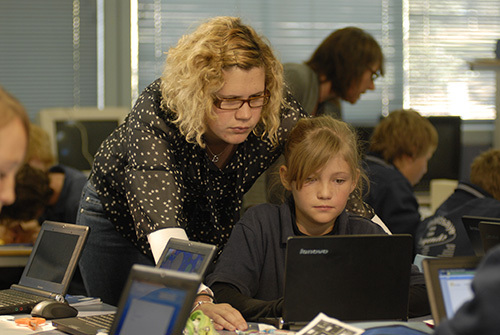
Il ya deux ans, Président du Curriculum australienne, Évaluation et Reporting Authority (ÉVÉNEMENTS), Barry McGaw and I discussed some of the big changes going on in Australia’s education system. À ce moment-là, Barry a expliqué qu'une technologie information et des communications (“TIC”) stratégie pour les écoles a été développé aux côtés de tout le reste dans le nouveau programme. Il a commenté que si la technologie ne serait pas traité comme un sujet distinct dans les premières années, étudiants seraient offerts une série d'études dans ce domaine au moment où ils sont arrivés aux grades 8 à 10.
Deux ans plus tard, comment le changement de mode de vie créé par la technologie a eu un impact de la classe australienne? I am delighted to welcome to La recherche globale pour l'éducation, Susan Mann, Chef de la direction de l'Education Services Australia, une société supervisée par les ministres de l'éducation australiens qui se concentre sur la fourniture de la technologie et le soutien des services de l'éducation et de la formation australienne. Susan plays a key role in the conceptualization and implementation of Australian national ICT policy. Her key interest is the transformative potential of information and communications technologies for teaching and learning.
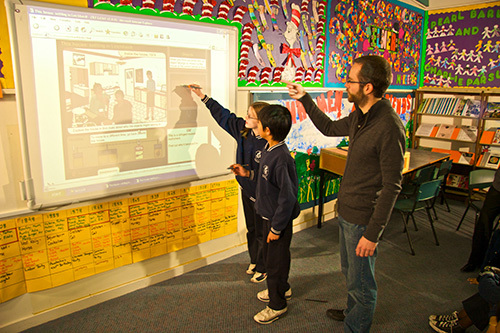
Comment la technologie a un impact sur le système éducatif australien? Que voyez-vous que les avantages et les inconvénients du point de vue de l'apprentissage?
Enseignement et l'apprentissage à travers l'Australie a connu de nombreux changements au cours des dernières années avec une utilisation accrue de la technologie dans nos écoles. Cela a été pris en charge par les programmes successifs d'investissements fédéraux et étatiques, plus récemment à travers la politique Digital Revolution Education du gouvernement travailliste précédent. Schools are supporting the use of technology with ongoing resources allocated to their technology infrastructure. There is a growing conversation around Bring Your Own Device policies within schools.
Comme les écoles australiennes se orientent vers une plus grande intégration de la technologie dans le processus d'enseignement et d'apprentissage, les enseignants commencent à collaborer plus en ligne avec leurs collègues sur leur enseignement. Par leur propre gré et grâce à des programmes offerts par leurs systèmes d'éducation, ils commencent aussi à améliorer leurs compétences et d'améliorer leurs connaissances sur la façon dont la technologie peut soutenir leur enseignement et leurs élèves’ apprentissage.
Teachers are increasingly interested in identifying digital curriculum resources they can use with their students. The state and territory and federal governments over the last decade have jointly funded development of the National Digital Learning Resources Network that now provides access for Australian teachers and students to over 20,000 high quality resources directly linked to the Australian Curriculum through a nationwide platform called Scootle.
The use of technology in schools is beginning to have a positive impact, and the advantages of the use of technology in the classroom are becoming increasingly obvious. Students are clearly used to using technology for their learning both within and outside the classroom. Les enseignants signalent une motivation accrue par les étudiants quand ils sont impliqués dans l'apprentissage numérique, et notre recherche préliminaire montre que ce est un engagement accru des étudiants de plus en plus’ les résultats d'apprentissage.
The use of online formative assessment in literacy and numeracy, through a system available to Australian teachers called “Improve,” provides immediate feedback to students about their learning and presents them with resource support to respond to learning issues. Teachers are finding that this assists them to support individual students’ learning and to compile student achievement profiles.
There are still challenges for teachers and school to ubiquitously integrate technology into students’ apprentissage. Not all Australian schools have equal access to bandwidth and infrastructure. The ‘bring your own device’ trend raises equity issues for socio-economically disadvantaged students, which are often compounded by those same students being unable to afford technology at home. Some teachers are more familiar and confident with using technology than others. The expectations still surpass what is being delivered.
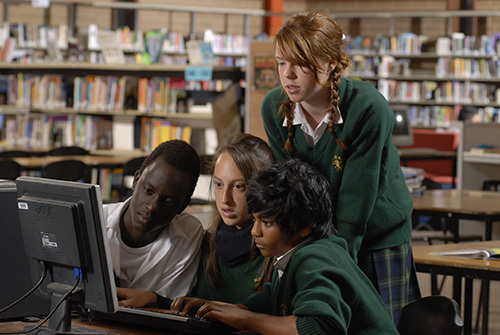
How is the role of the Australian teacher changing in the digital age?
Traditionnellement, the role of the teacher relied on sound content knowledge in their specific areas of expertise, high level pedagogical understandings and the ability to engage students in learning. These are still important attributes but teachers are now required to supplement these with additional skills and capabilities in the use of digital technology to support learning. Au lieu d'être la «police de toute connaissance,’ teachers are required to be effective facilitators of student learning both within and outside the classroom at any time.
The new national professional standards, established by the Australian Institute for Teaching and School Leadership, specify expected ICT capacities of teachers, school leaders and new teachers. Some teacher training institutions have now embraced the need to significantly change the way they train teachers.
Growing interest in social media and professional learning networks has seen the development of online forums that are supporting professional learning and practice from the grass roots level. A national social networking platform, called Scootle Community, is being enthusiastically embraced by teachers across Australia, and over 500 enseignants par semaine ont été de rejoindre cette plate-forme et en créant et en participant à une série de forums de réseau.
Quels sont les outils d'apprentissage numériques ont été mis en œuvre en Australie et ce ne éducateurs voir que les avantages et les inconvénients de ces?
Certains enseignants et les parents sont d'avis qu'il ya encore une place pour les textes traditionnels, mais cela est en train de changer rapidement l'accès universel aux outils numériques devient la norme. Avec le nombre croissant d'appareils mobiles dans les mains des étudiants, plus d'enseignants travaillent avec des applications et des outils de collaboration que jamais. Les enseignants choisissent une grande variété d'outils numériques pour couvrir une gamme de styles et processus d'apprentissage qui favorisent la collaboration, la création et la conservation de contenu.
Digital textbooks are not really taking off at present. The publishers have not yet achieved a suitable licensing regime that accommodates students changing devices and covers sufficient numbers of students at a realistic price. Cependant, commercial providers such a Mathletics that market to parents are becoming popular to support extension of students at home.
Flexible online delivery of language learning, especially for Asian languages, has been a focus of funding by the Australian government and Education Services Australia, a ministerial company that has released the Language Learning Space. This engaging, inquiry-based environment has been initially developed to support teachers and students in the acquisition of Chinese language. Using a game-based learning model, the Language Learning Space has been designed to scaffold learning through challenging scenarios.
More ubiquitous mobile technologies have led to a significant shift from desktops and laptops to the use of mobile tablets. Australian schools are increasingly using apps as they become available to support education.
Digital tools are constantly changing and adapting to the collaborative nature of technologies. Identifying high quality resources in such a context continues to be challenging for government and private providers.
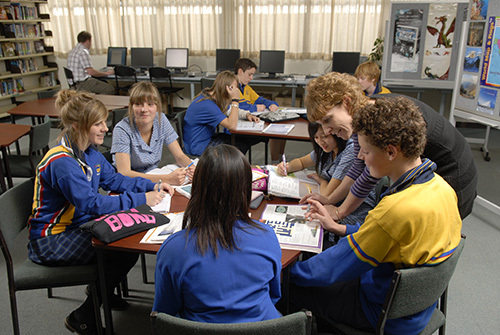
How has technology impacted curriculum design in Australia?
The new Australian Curriculum has been made ‘machine readable,’ which enables it to be directly linked to digital curriculum resources for students and for teacher professional learning, as well as other data in the future such as curriculum-related assessment items.
The Australian Curriculum is only available online, and teachers access this through a system that enables them to customise their view of the curriculum according to their subject area and curriculum approach.
‘Technology’ is a cross-curriculum perspective running through the new Australia Curriculum, and there are a number of technology subject areas as well that include coding, which has not previously been part of the Australian Curriculum.
Research indicates that the use of tablets, téléphones mobiles, internet sources and social media platforms such as Facebook and Twitter continue to infiltrate classrooms in the US rapidly. Are you seeing the same trend in Australian classrooms? To what extent is the use of these tools part of your curriculum? Is there an age below which you believe these tools are not appropriate in classrooms?
Increased use of mobile technologies by students is certainly reflected in Australian schools. With an ever-growing number of mobile devices, social media platforms and access to freely available collaboration tools, Australian classrooms are evolving into global classrooms.
Students and teachers are collaborating with experts and peers to ensure that rich project-based learning experiences occur across curriculum areas. School systems in Australia work under the guidelines of social media sites such as Facebook, where the age limit is 13 years or over.
Australian schools have access to a range of tools and resources that promote best practice in the use of social media tools. Par exemple, the Australian Communications and Media Authority provides cybersafety resources for students, teachers and parents.
Information is the key for users of technology. It is important that resources are available to support students in best practice models and to highlight expectations of safe and responsible use of online tools. The Safe Schools Hub is the latest online tool to support the Australian National Safe Schools Framework. It provides access to programs and strategies that build supportive, safe places to learn.

Photos courtesy of Education Services Australia.
Pour plus d'articles dans la Got Tech? série: La recherche globale pour l'éducation: Got Tech? – Finlande, La recherche globale pour l'éducation: Got Tech? – Canada, La recherche globale pour l'éducation: Got Tech? – Singapour, La recherche globale pour l'éducation: Got Tech? – Etats-Unis, La recherche globale pour l'éducation: Got Tech? Écoles IB dans un monde virtuel, La recherche globale pour l'éducation: Got Tech? – Argentine
Dans La Recherche globale pour l'éducation, joindre à moi et leaders d'opinion de renommée mondiale dont Sir Michael Barber (Royaume-Uni), Dr. Michael Bloquer (États-Unis), Dr. Leon Botstein (États-Unis), Professeur Clay Christensen (États-Unis), Dr. Linda Darling-Hammond (États-Unis), Dr. Madhav Chavan (Inde), Le professeur Michael Fullan (Canada), Professeur Howard Gardner (États-Unis), Professeur Andy Hargreaves (États-Unis), Professeur Yvonne Hellman (Pays-Bas), Professeur Kristin Helstad (Norvège), Jean Hendrickson (États-Unis), Professeur Rose Hipkins (Nouvelle-Zélande), Professeur Cornelia Hoogland (Canada), Honorable Jeff Johnson (Canada), Mme. Chantal Kaufmann (Belgique), Dr. Eija Kauppinen (Finlande), Le secrétaire d'Etat Tapio Kosunen (Finlande), Professor Dominique Lafontaine (Belgique), Professeur Hugh Lauder (Royaume-Uni), Professeur Ben Levin (Canada), Seigneur Ken Macdonald (Royaume-Uni), Professeur Barry McGaw (Australie), Shiv Nadar (Inde), Professeur R. Natarajan (Inde), Dr. PAK NG (Singapour), Dr. Denise Pape (États-Unis), Sridhar Rajagopalan (Inde), Dr. Diane Ravitch (États-Unis), Richard Wilson Riley (États-Unis), Sir Ken Robinson (Royaume-Uni), Professeur Pasi Sahlberg (Finlande), Professeur Manabu Sato (Japon), Andreas Schleicher (PISA, OCDE), Dr. Anthony Seldon (Royaume-Uni), Dr. David Shaffer (États-Unis), Dr. Kirsten immersive, (Norvège), Chancelier Stephen Spahn (États-Unis), Yves Thézé (Lycee Francais U.S.), Professeur Charles Ungerleider (Canada), Professeur Tony Wagner (États-Unis), Sir David Watson (Royaume-Uni), Professeur Dylan Wiliam (Royaume-Uni), Dr. Mark Wormald (Royaume-Uni), Professeur Theo Wubbels (Pays-Bas), Professeur Michael Young (Royaume-Uni), et le professeur Zhang Minxuan (Chine) alors qu'ils explorent les grandes questions d'éducation de l'image que toutes les nations doivent faire face aujourd'hui. La recherche globale pour l'éducation communautaire page
C. M. Rubin est l'auteur de deux séries en ligne largement lecture pour lequel elle a reçu une 2011 Upton Sinclair prix, “La recherche globale pour l'éducation” et “Comment allons-nous savoir?” Elle est également l'auteur de trois livres à succès, Y compris The Real Alice au pays des merveilles.


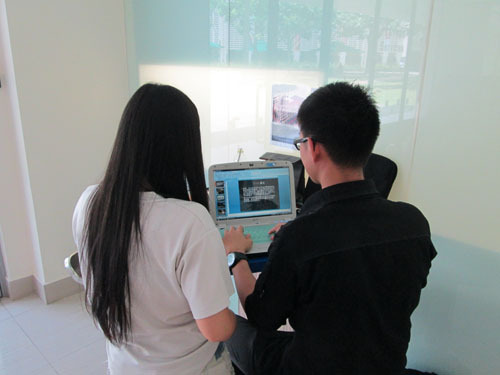
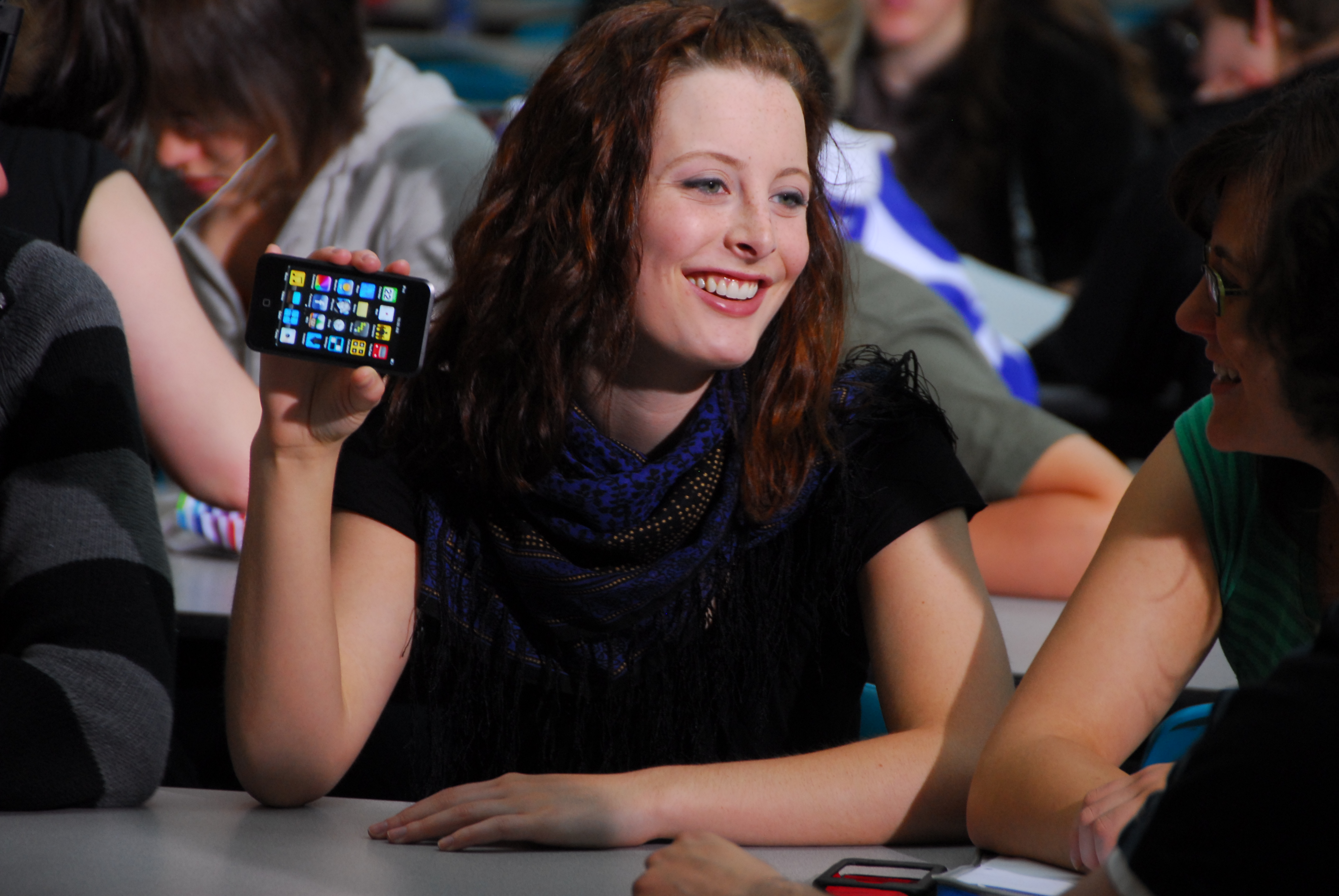
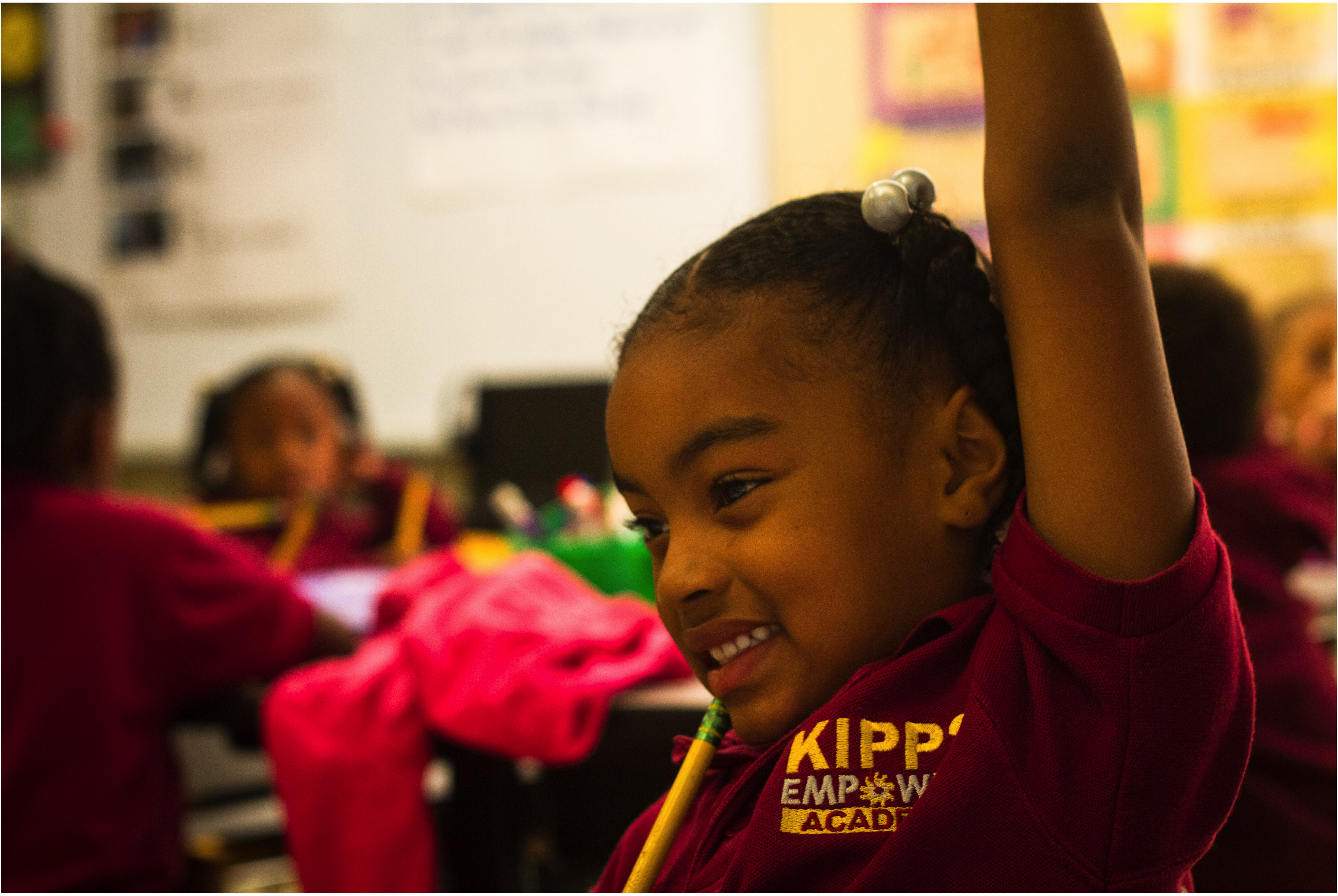
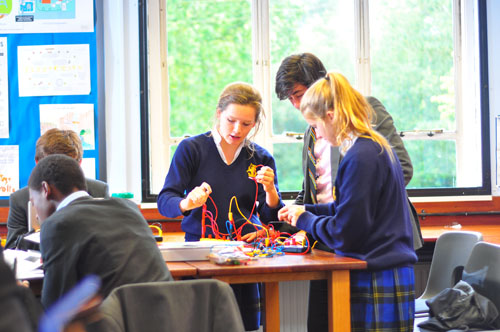
Commentaires récents